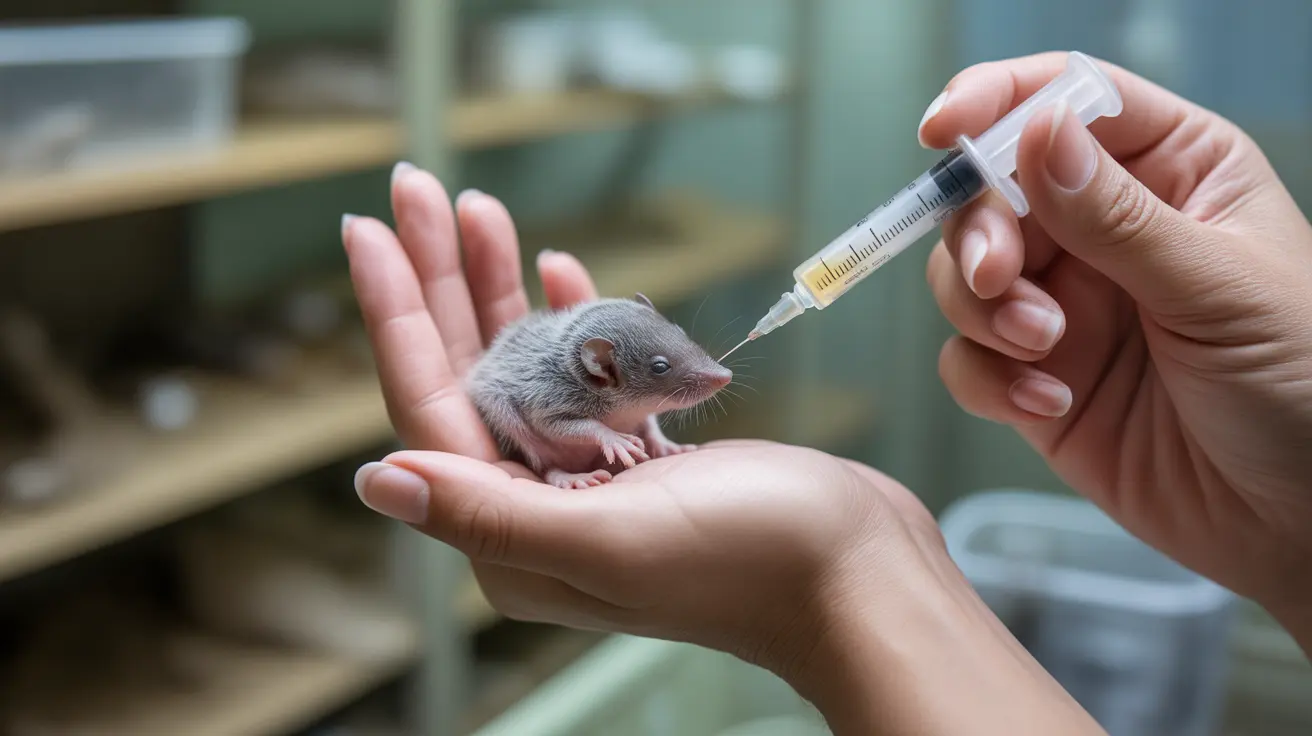Understanding Dew Claws and Why Most Breeders Choose Not to Remove Them
Dew claws are the vestigial first digits found on the front, and occasionally the hind legs, of dogs. While some breeders opt to remove them, especially for cosmetic or injury-prevention reasons, many do not. The decision is often based on the dog’s genetics, breed standards, or the functionality of the dew claw.
What Are Dew Claws?
Dew claws are located on the inner side of the dog’s leg, slightly above the paw. Front dew claws are typically bone-attached and are considered functional digits, while hind dew claws often lack bony attachment and may be more mobile. Anatomically, a dog usually has:
- Four toes on each paw that bear weight.
- One dew claw on each front paw, with occasional single or double dew claws on the hind legs.
These dew claws are akin to the human thumb or big toe, though they do not carry the same mobility or gripping ability.
Functionality of Front Dew Claws
Front dew claws serve several purposes, especially in active or working dogs. Studies and expert observations have shown that these claws:
- Touch the ground during high-speed runs or maneuvers, helping to stabilize the leg.
- Help reduce torque and twisting forces on the dog’s limbs.
- Assist in climbing, holding items, or navigating slippery terrain.
Removing functional dew claws, particularly on front legs, can increase the risk of arthritis and injury to the carpal joints due to a loss of natural support.
Rear Dew Claws and Breed Standards
In contrast, rear dew claws often lack function and are usually only connected by skin. This makes them more prone to injury, ingrown nails, or detachment. Some breeds naturally possess rear dew claws as part of their standard, such as:
- Great Pyrenees
- Briard
- Beauceron
- Icelandic Sheepdog
- Anatolian Shepherd
- St. Bernard
In such cases, removal is discouraged and may even disqualify a dog from show competition.
Why Do Some Breeders Remove Dew Claws?
Some breeders choose to remove dew claws for one or more of the following reasons:
- Cosmetic appearance: To conform to show standards in some breeds.
- Injury prevention: Especially in cases where the claw is loosely attached or prone to tearing.
- Ease of maintenance: Dew claws can overgrow or become ingrown if neglected.
However, most responsible breeders consult with veterinarians before making this choice. If dew claws are to be removed, the procedure should be done within the first 5 days of life under local anesthesia to minimize discomfort and complications.
Health Risks and Considerations
Removing dew claws unnecessarily, particularly front ones, can lead to:
- Increased risk of joint problems, including carpal arthritis.
- Higher susceptibility to injuries in athletic or working dogs.
- Surgical complications, such as infection or pain if not performed correctly.
When Is Removal Recommended?
Veterinarians recommend dew claw removal only in specific scenarios:
- If the claw is severely injured, torn, or chronically infected.
- When hind dew claws are loosely attached and cause frequent issues.
- During spaying/neutering surgeries for convenience and reduced recovery time.
Maintenance of Dew Claws
Like all nails, dew claws require regular maintenance. Because they often don’t wear down naturally:
- Trim them regularly to prevent overgrowth or ingrown nails.
- Check them during grooming sessions for signs of damage.
- Consult a vet if there are signs of infection, swelling, or discomfort.
Conclusion
In summary, while some breeders still choose to remove dew claws, especially those on the rear legs, many recognize the functional importance of front dew claws and opt to leave them intact. Unless there is a medical necessity or breed-specific guideline, most breeders and veterinarians recommend maintaining these digits. Regular grooming and attentive care can prevent issues and support your dog's overall paw health.





